Carthamus tinctorius L.
Carthamus tinctorius L.
Safflower (Carthamus tinctorius L.) is a highly branched, herbaceous, thistle-like annual. It is commercially cultivated for vegetable oil extracted from the seeds. Plants are 30 to 150 cm (12 to 59 in) tall with globular flower heads having yellow, orange, or red flowers. Each branch will usually have from one to five flower heads containing 15 to 20 seeds per head. Traditionally, the crop was grown for its seeds, and used for colouring and flavouring foods, in medicines, and making red (carthamin) and yellow dyes, especially before cheaper aniline dyes became available. Safflower seed oil is flavorless and colorless, and nutritionally similar to sunflower oil. It is used mainly in cosmetics and as a cooking oil, in salad dressing, and for the production of margarine. Traditionally, the crop was grown for its seeds, and used for colouring and flavouring foods, in medicines, and making red (carthamin) and yellow dyes.
Products from Carthamus tinctorius L.
- Cat.No. Product Name CAS Number COA
-
BCN1026
Crocin I 94238-00-3
PDF

-
BCN1027
Crocin II 55750-84-0
PDF

-
BCN1049
Hydroxysafflor yellow A 78281-02-4
PDF
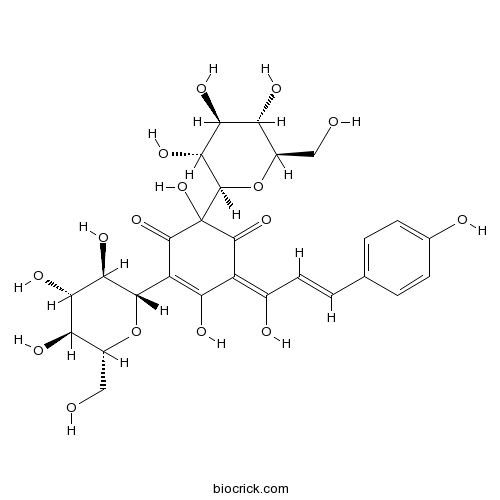
-
BCN2372
Croceic acid 27876-94-4
PDF
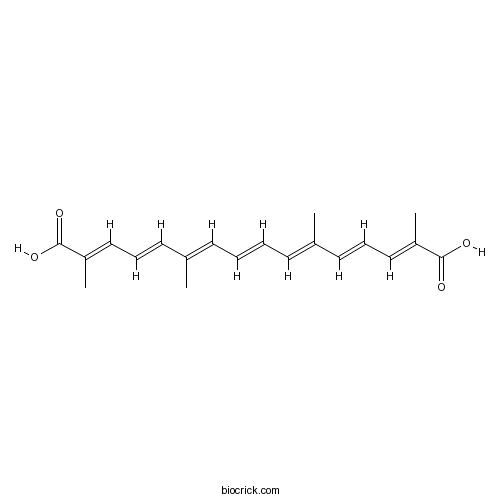
-
BCN1206
Palmitic acid 57-10-3
PDF

-
BCN6217
Cinnamic acid 140-10-3
PDF
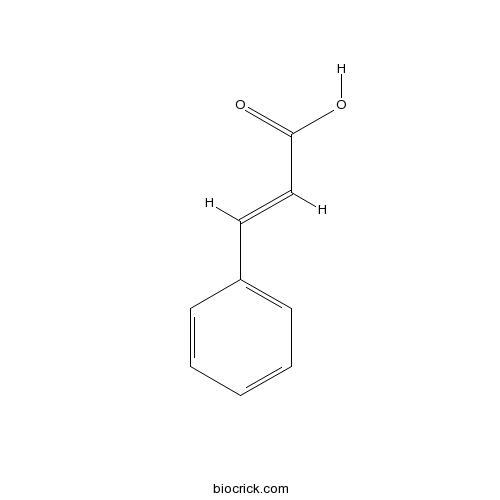
-
BCN5388
Luteolin-7-O-glucoside 5373-11-5
PDF

-
BCN5653
Kaempferol 520-18-3
PDF
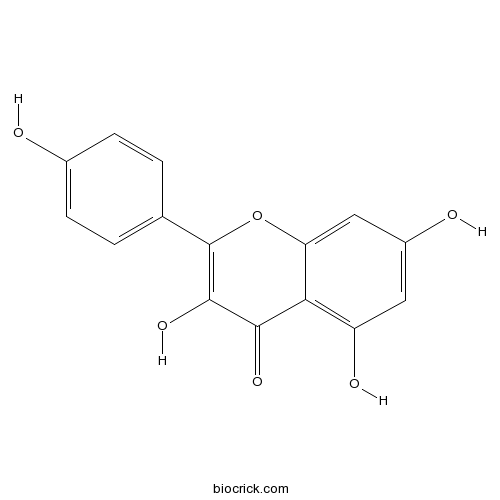
-
BCN5572
Kaempferitrin 482-38-2
PDF

-
BCN6049
Quercetin 117-39-5
PDF
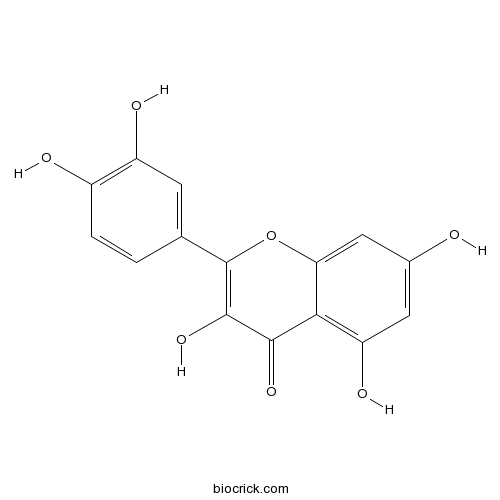
-
BCN5665
Quercitrin 522-12-3
PDF
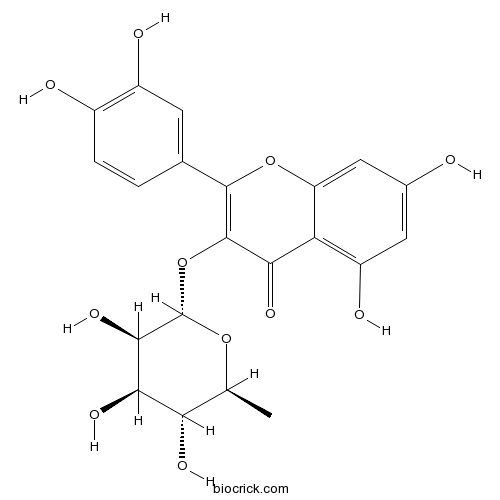
-
BCN1261
Quercetin-7-O-beta-D-glucopyranoside 491-50-9
PDF

-
BCN1684
Rutin 153-18-4
PDF
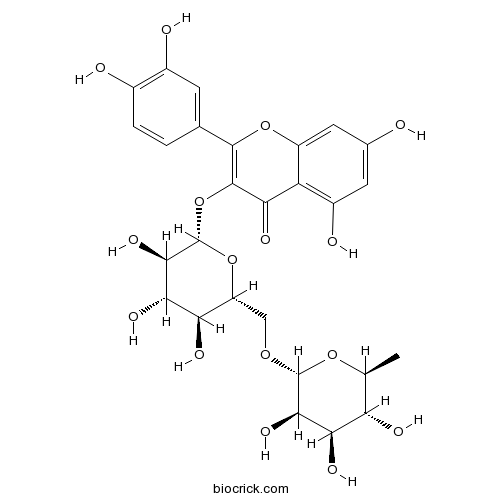
-
BCN1126
Nicotiflorin 17650-84-9
PDF
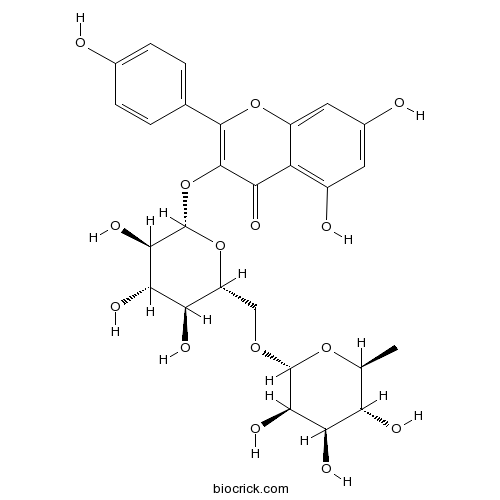
-
BCN2379
6-Methoxykaempferol 3-O-rutinoside 403861-33-6
PDF




